eBird Streaking Leads to Better Birding
By Marjorie Powell
I followed the lockdown rules carefully; I went out once a week for groceries; I went birding, alone, once or twice a week. I read book after book—history, biography, fiction, emptying the shelves of books collected over the years. Then Golden Gate Bird Alliance member and birding instructor Dawn Lemoine asked me to meet her, masked, at the Elsie Roemer Bird Sanctuary platform in Alameda. This evolved into birding twice a week with Dawn and two other friends. Occasionally we included other birders, especially when we traveled a distance seeking special birds, such as to Staten Island for the Sandhill Cranes.
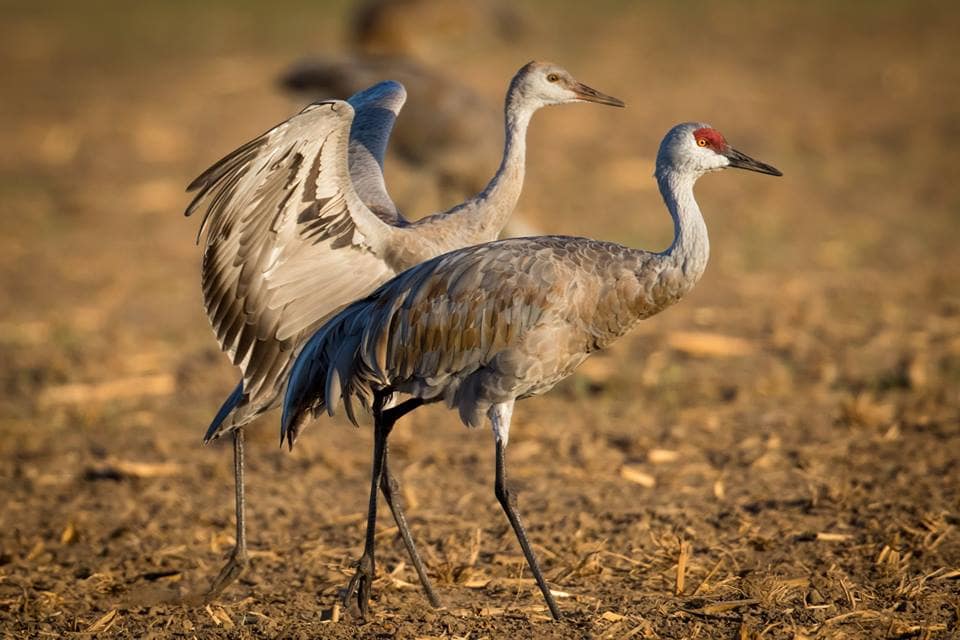 Sandhill Crane by Chingling Tien
Sandhill Crane by Chingling Tien
Dawn encouraged me to keep an eBird list and tutored me on the mobile app. She taught me to use the four-digit “Quick Codes,” a slight variation from breeding codes, to bring up the bird’s name quickly on the eBird list. Because eBird uses them, I learned birds’ official names: A white pelican is an American White Pelican or AWPE; a raven is a Common Raven or CORA. Perhaps the most esoteric eBird skill is speaking Quick Codes: For example, “SNEG or GREG?” is a request to determine if the white bird you spotted is a Snowy or a Great Egret.
Knowing that eBird data might be used by researchers, I felt pressure when birding alone to list all the birds correctly. I began to study each bird a little more carefully than I had when my “list” was notes on a scrap of paper stuck in a bird book. More and more birds became instantly identifiable by size, shape, face pattern, location, and even sound. That large white bird must be a Great Egret… the v-shaped tail of a flying black bird makes it a Common Raven… a wren with a white eyebrow is a Bewick’s Wren.
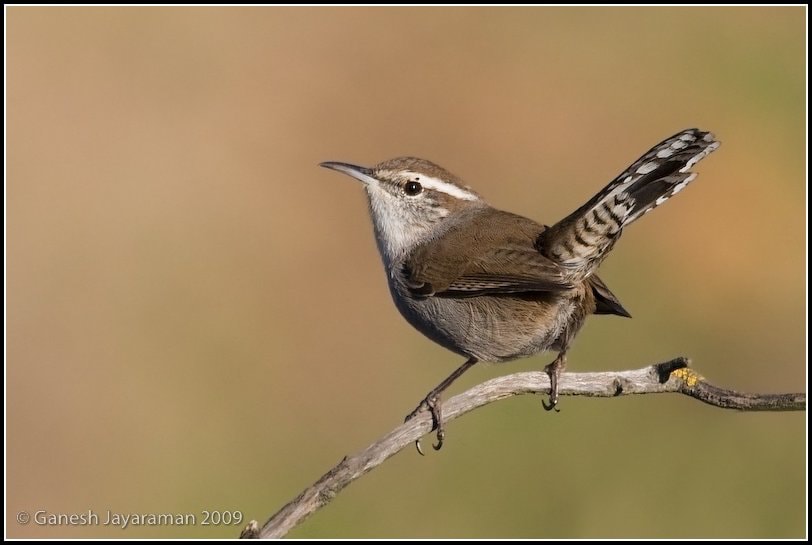 Bewicks Wren by Gayesh Jayaraman
Bewicks Wren by Gayesh Jayaraman
More eBird skills followed—selecting an existing eBird hotspot rather than creating my own, estimating numbers of birds, learning about the half circle (which means “uncommon at this location and time of year”) and full circle (meaning “rare and must be described before eBird will let you submit the list”) after a bird’s name on the eBird list. I learned about justifying a “rare” bird or an unusually large number of birds, and signing up for a county alert, a “needs list” (birds seen in the past 24 hours that you’ve not listed this year) or rare bird list.…

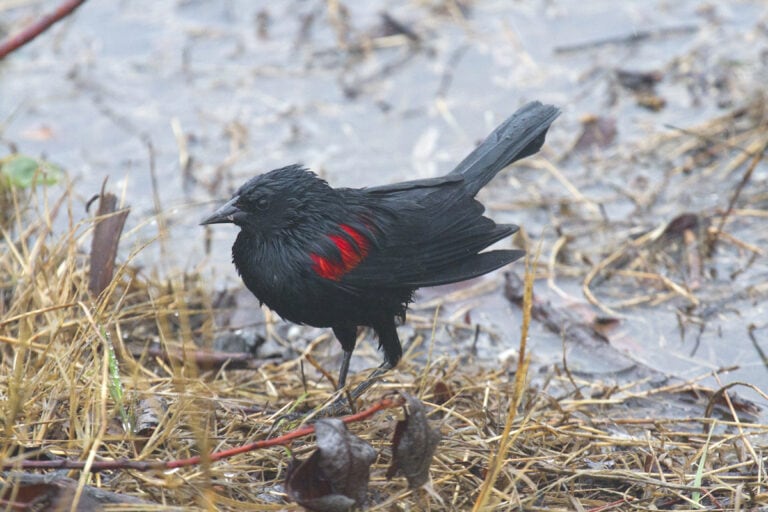
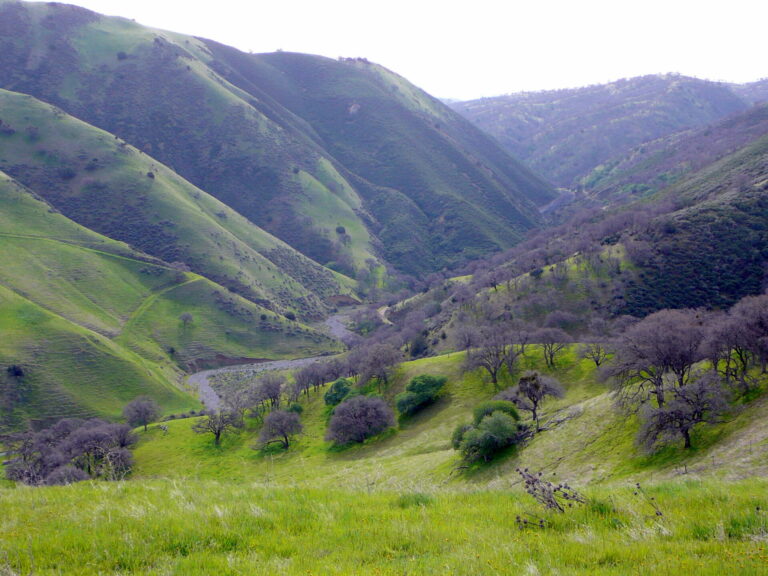
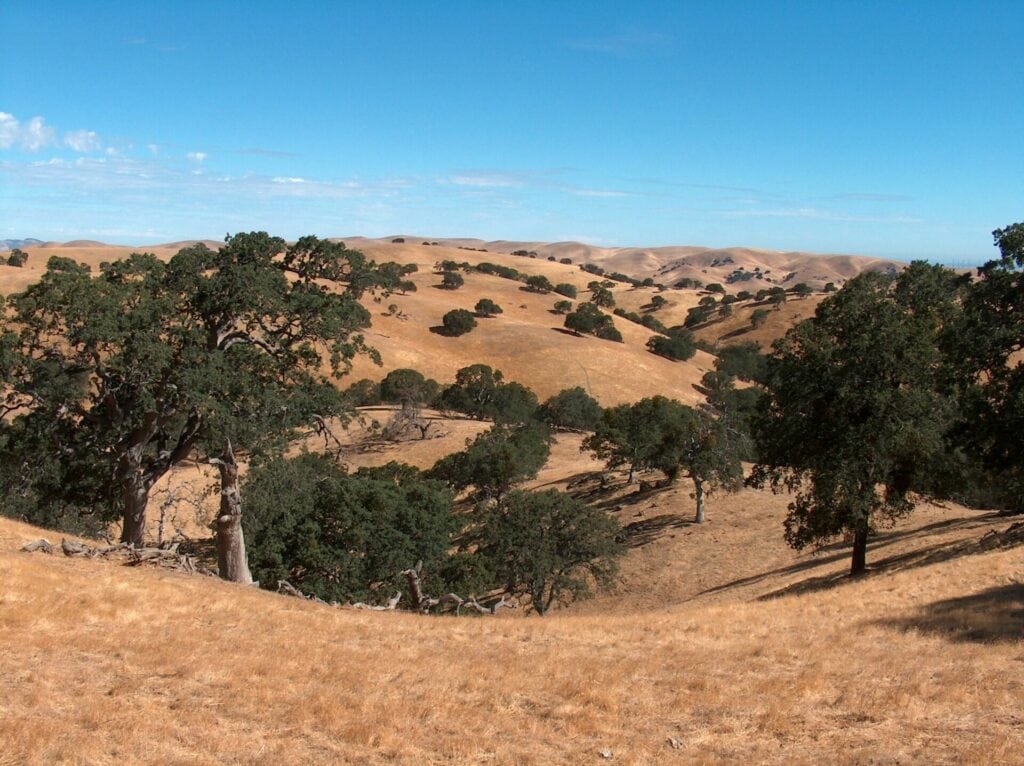 Blue oaks in the summer at Tesla Park / Photo courtesy of Friends of Tesla Park
Blue oaks in the summer at Tesla Park / Photo courtesy of Friends of Tesla Park
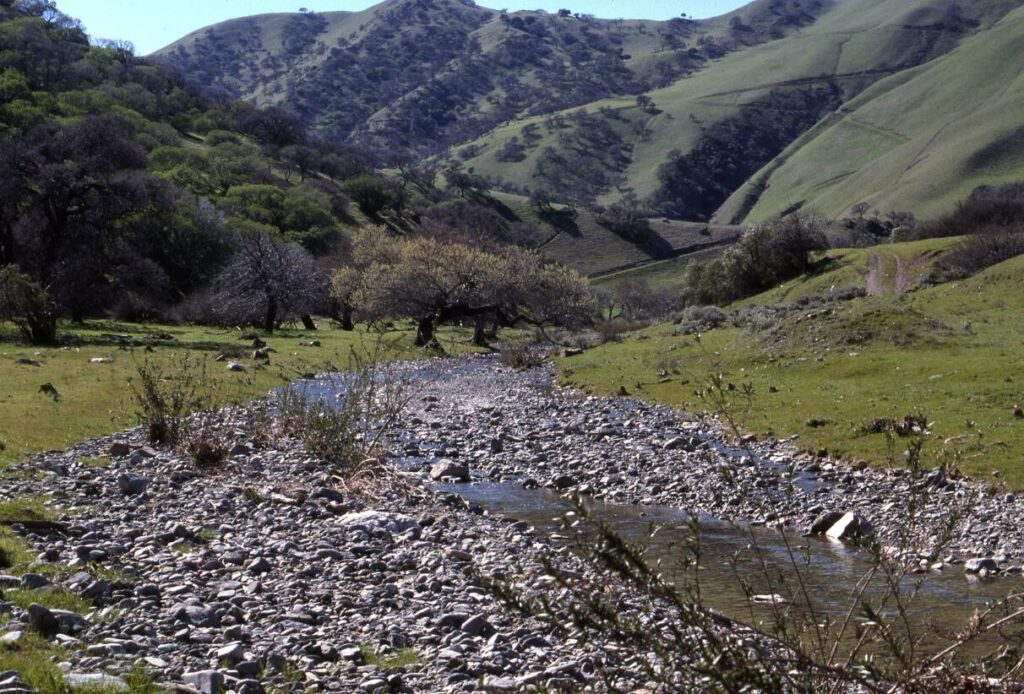 Corral Hollow Creek in Tesla Park / Friends of Tesla Park
Corral Hollow Creek in Tesla Park / Friends of Tesla Park
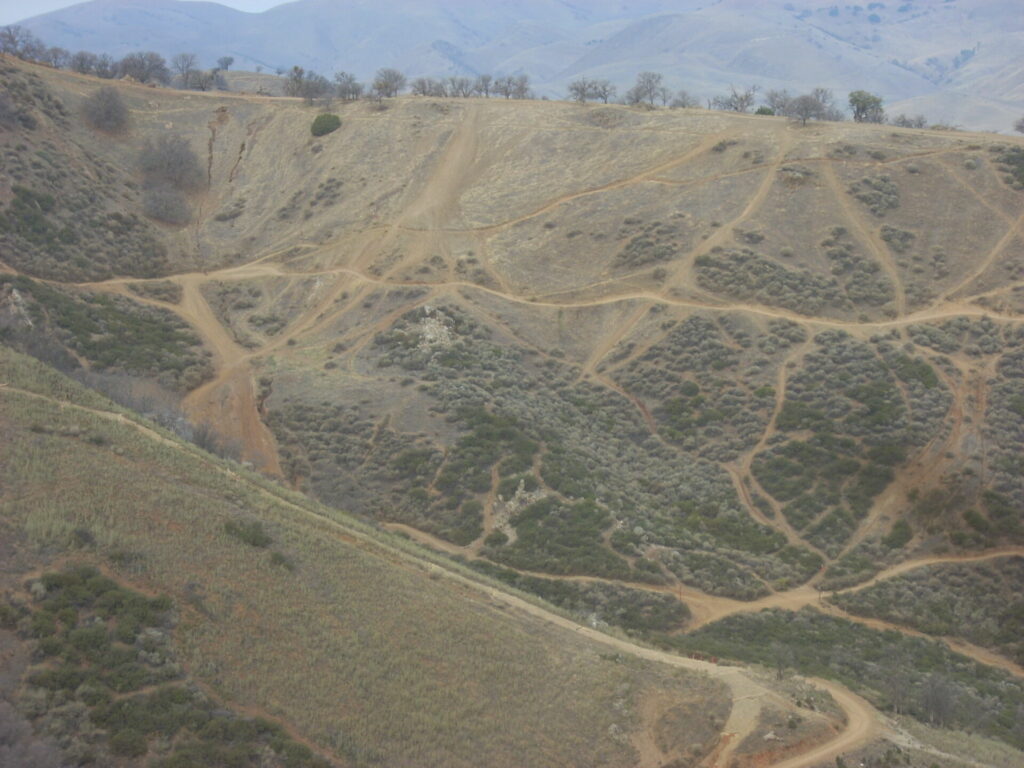 This could have been Tesla’s fate: The nearby Carnegie off-road vehicle area
This could have been Tesla’s fate: The nearby Carnegie off-road vehicle area
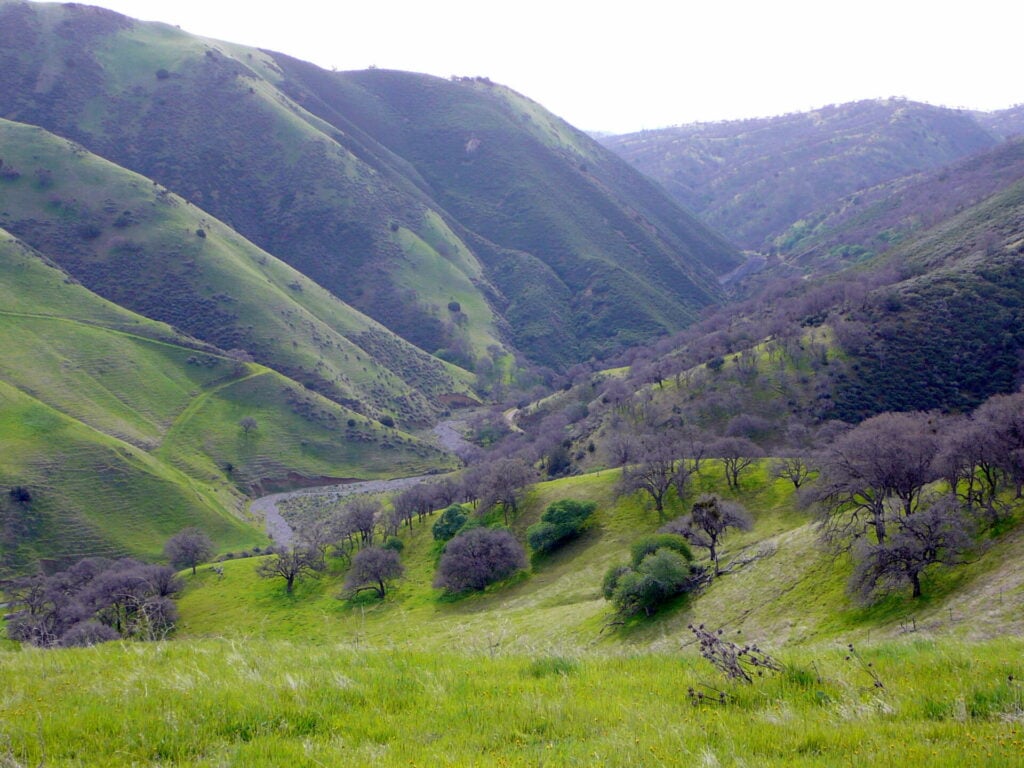 Instead, habitat such as Mitchell Ravine will be preserved. / Friends of Tesla Park
Instead, habitat such as Mitchell Ravine will be preserved. / Friends of Tesla Park
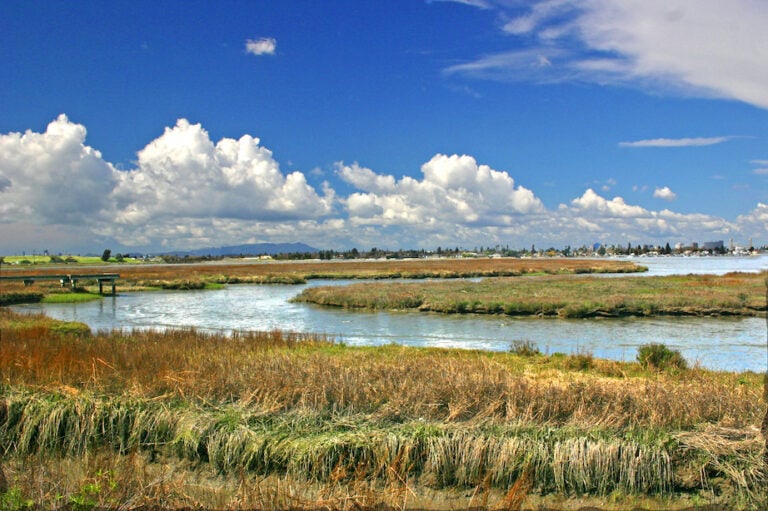
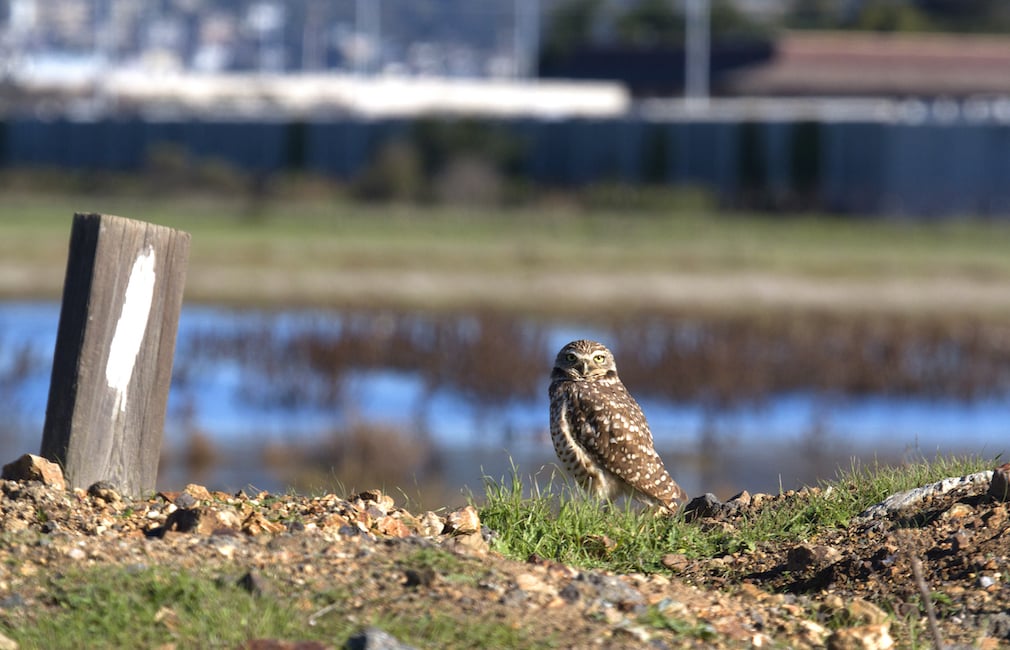 Burrowing Owl in upland meadow at MLK Jr. Regional Shoreline, by Rick Lewis
Burrowing Owl in upland meadow at MLK Jr. Regional Shoreline, by Rick Lewis
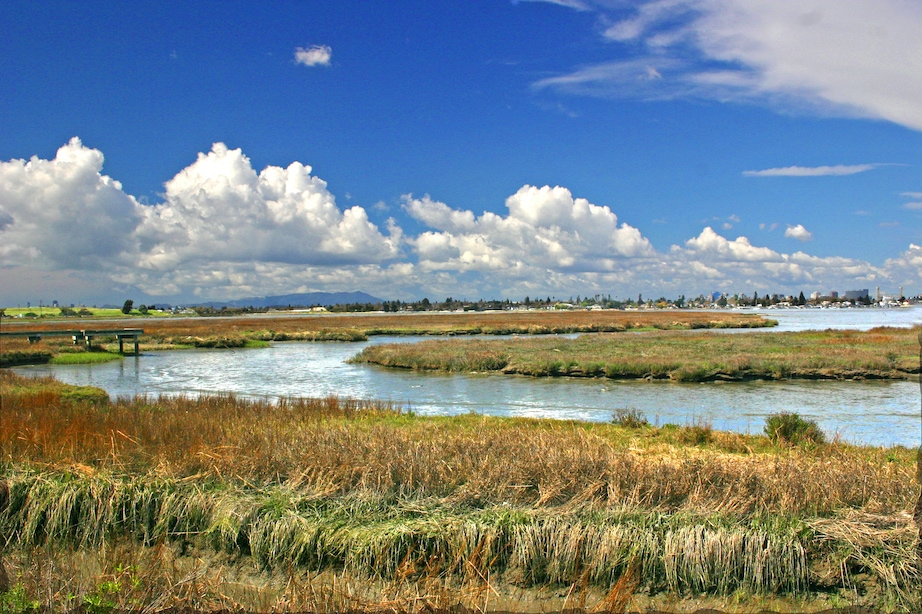 Arrowhead Marsh at MLK Regional Shoreline by Rick Lewis
Arrowhead Marsh at MLK Regional Shoreline by Rick Lewis
 Sunset and low tide at Arrowhead Marsh, by Rick Lewis
Sunset and low tide at Arrowhead Marsh, by Rick Lewis
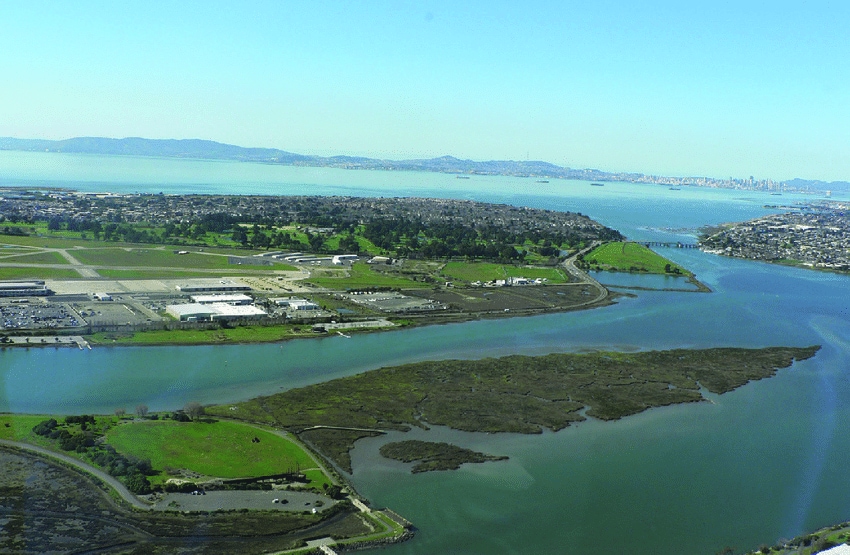 This 1990 aerial view shows why Arrowhead Marsh has its name. Photo by Ron Russo.…
This 1990 aerial view shows why Arrowhead Marsh has its name. Photo by Ron Russo.… 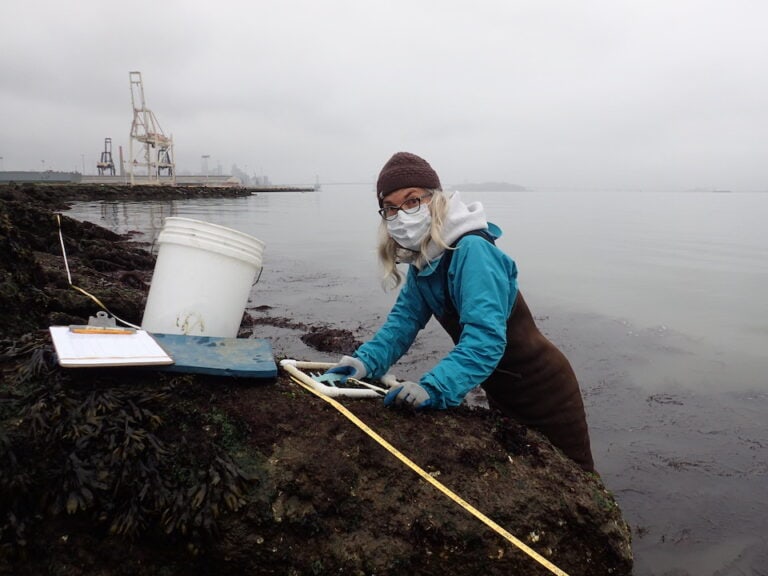
 Dr. Chela Zabin points out an Olympia oyster / Photo by Noreen Weeden
Dr. Chela Zabin points out an Olympia oyster / Photo by Noreen Weeden
 Olympia oysters, with a shucking knife for size comparison / Photo by Brianhe
Olympia oysters, with a shucking knife for size comparison / Photo by Brianhe
 Aerial view of Pier 94 in 2020 from a kite camera / Photo by Charles Benton
Aerial view of Pier 94 in 2020 from a kite camera / Photo by Charles Benton

 Red-tailed Hawk carrying a (hopefully unpoisoned) rodent. Photo by Patrick Coughlin.
Red-tailed Hawk carrying a (hopefully unpoisoned) rodent. Photo by Patrick Coughlin.
 A rodent bait box with unlabelled contents. Photo by Dan Scali.
A rodent bait box with unlabelled contents. Photo by Dan Scali.